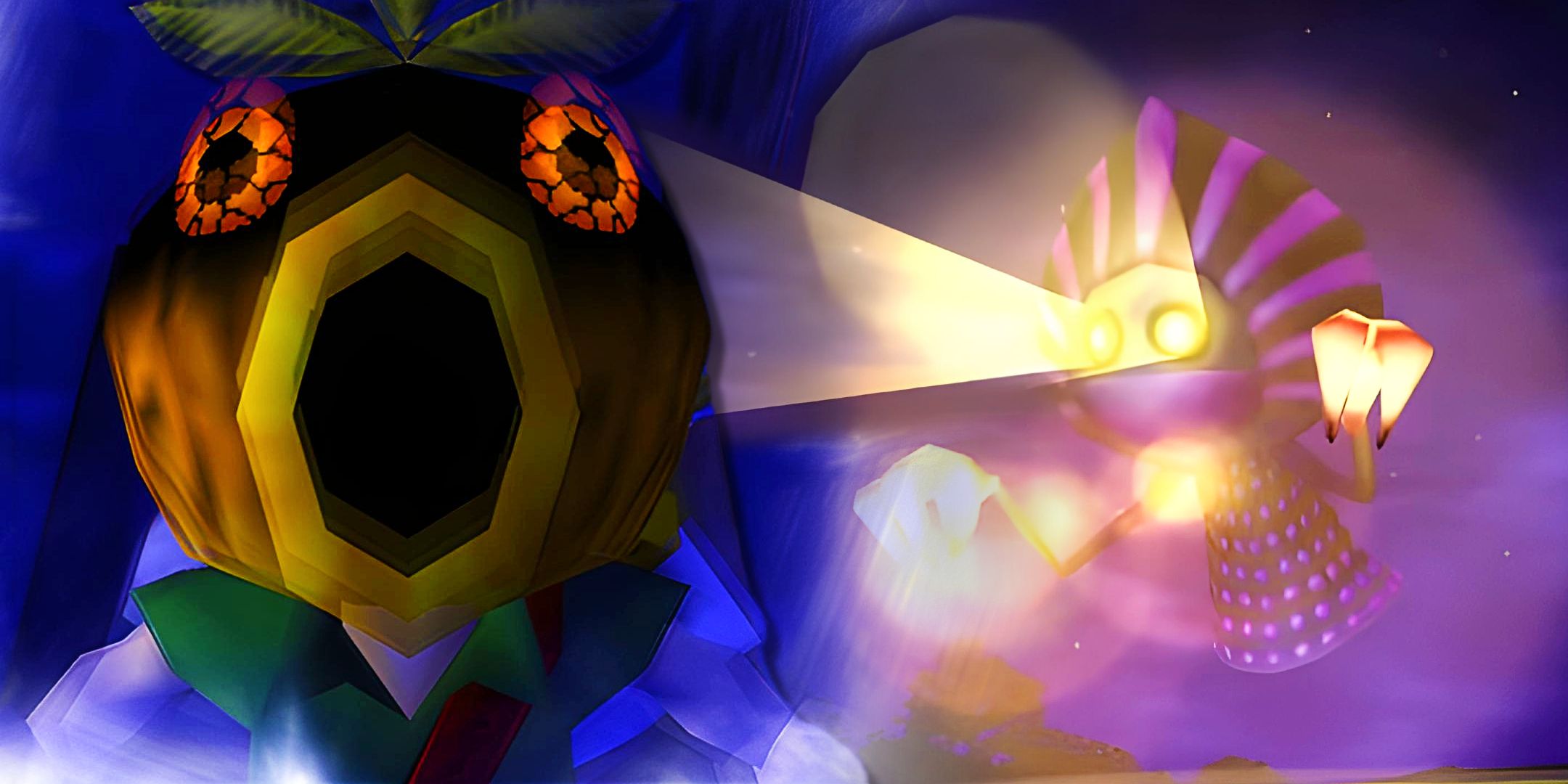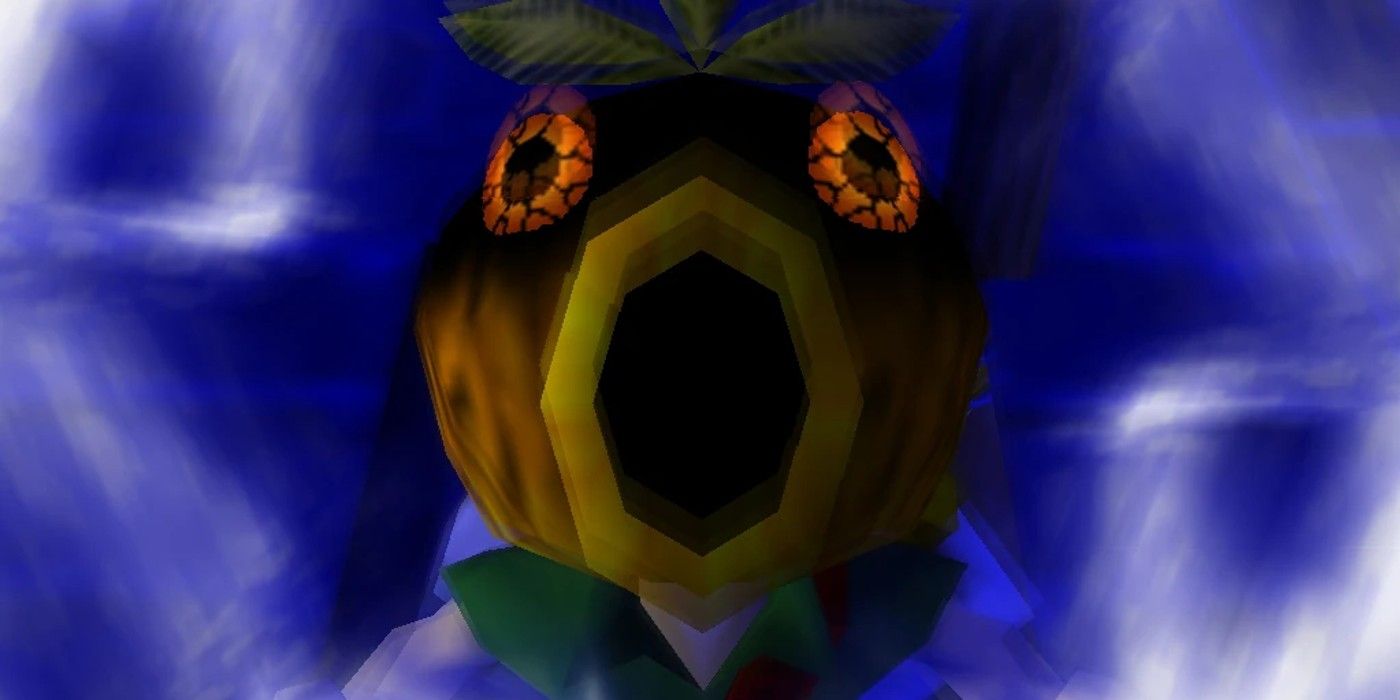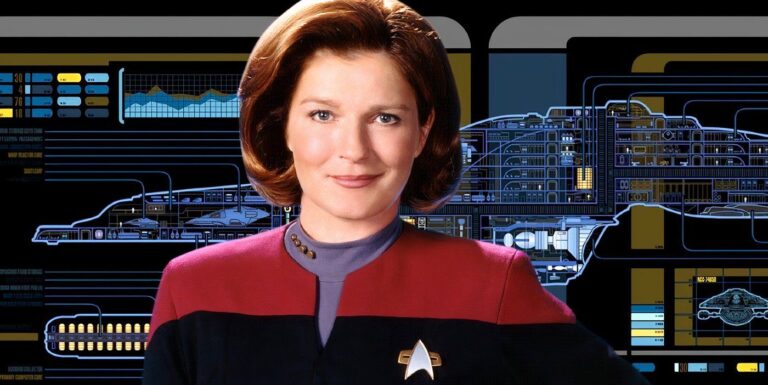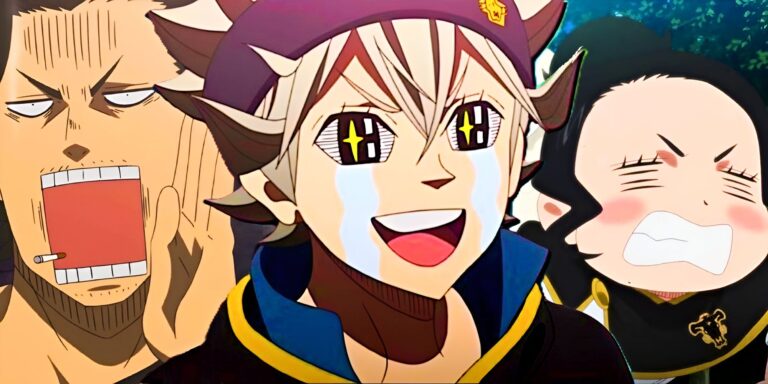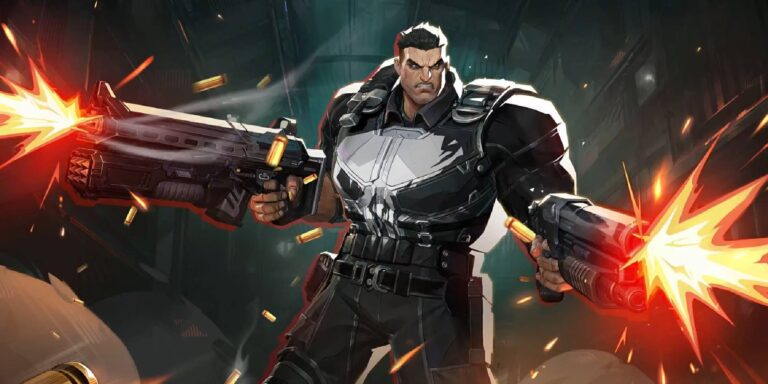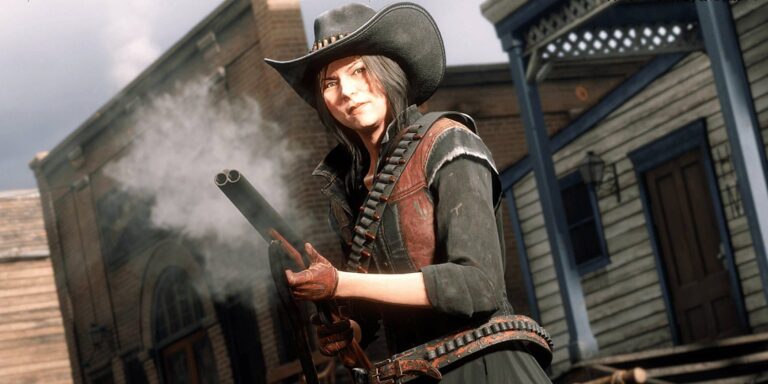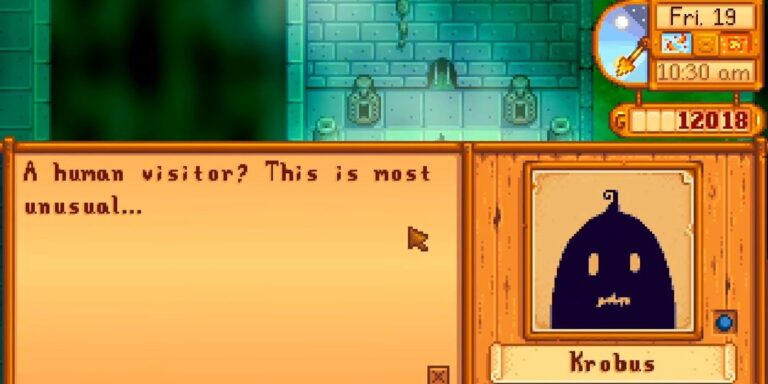The Legend of Zelda: Majora’s Mask has always been a bit of an outlier among the series. For one thing, it’s a direct sequel to the much more mainstream and genre-revolutionary Ocarina of Time – an honor the Zelda series typically reserves for its best entries, with varying degrees of success. It also takes one of the series’ core recurring mechanics – the passage of time – to its absolute extreme, setting the entirety of the game within an inescapable, Groundhog Day-inspired three-day cycle.
As a result, Majora’s Mask has an overall darker tone, which has led to all manner of creepy fan theories. But in truth, the darkest parts of Majora’s Mask are right there in the game – no theory needed. From painful transformation sequences, to cursed, doomed lovers at the end of the world, to an alien invasion with its roots in a real-life horror story, it’s an unusual, uncanny, and often uncomfortably terrifying game, wrapped in a familiar, cartoonish, adventure game package.
Majora’s Mask’s Aliens Have Always Been Weird
The Story Of Them
There are a lot of odd side quests in Majora’s Mask, but perhaps the weirdest revolves around Romani’s Ranch and the strange alien race known only as Them. Once you unlock Romani’s Ranch, you’ll meet its namesake, Romani, who asks you to prove your archery skills before requesting that you help her defend the farm against what she refers to as ghosts. They only appear at 2:30 AM on the first day of the three-day cycle; this is difficult and uncomfortable enough to get to on its own, but it only gets weirder from there.
Related
I Just Learned Ocarina Of Time Could’ve Been Much Different If It Wasn’t For Another Zelda Game, But It Makes Complete Sense
Ocarina of Time takes huge inspiration from another Zelda game for its narrative, and it had a huge influence on the rest of the series going forward.
When you return at the appropriate time, a group of strange, human-sized creatures who levitate above the ground will spawn around the map, slowly making their way towards the ranch from all sides. Their small, round eyes glow yellow in their spade-shaped heads. They’re not exactly the most threatening enemies in the game, but this sidequest can actually be a bit difficult; it’s easy to get overwhelmed, since They come from all sides.
However, no matter how easy or hard you think the sidequest is, They are absolutely terrifying. The scene is set to a strange, wailing synth soundtrack that sounds like it’d be a better fit for a Silent Hill game. The whole scene is unlike anything that happens anywhere else in the Zelda series, but given Majora’s Mask‘s overall darker tone, They actually fit right in with the rest of the game. After all, it’s set around the end of the world.
Majora’s Aliens Are Supposedly Based In Folklore
How They Connect To The Flatwoods Monster
Now, this was never officially confirmed, but it’s been discussed by various fan sources over the years, including in an in-depth study of the parallels between the two stories by Zelda Universe. But They in Majora’s Mask were almost certainly inspired by the Flatwoods Monster, a terrifying and as-yet unexplained cryptid who appeared on a West Virginia farm in 1952.
An enemy inspired by the Flatwoods Monster also appears in Fallout 76 – this version of the monster is pictured above.
On the evening of September 12, West Virginia boys Edward May, Fred May, and Tommy Hyer watched as a bright light cut through the night sky and landed on a nearby farm. Recruiting a small posse of neighbors, they traveled to where they believed the object had landed, where they saw a red light. One of them pointed a flashlight at it, revealing what he claimed was a ten-foot-tall creature with glowing red eyes, a spade-shaped head, and the ability to glide.
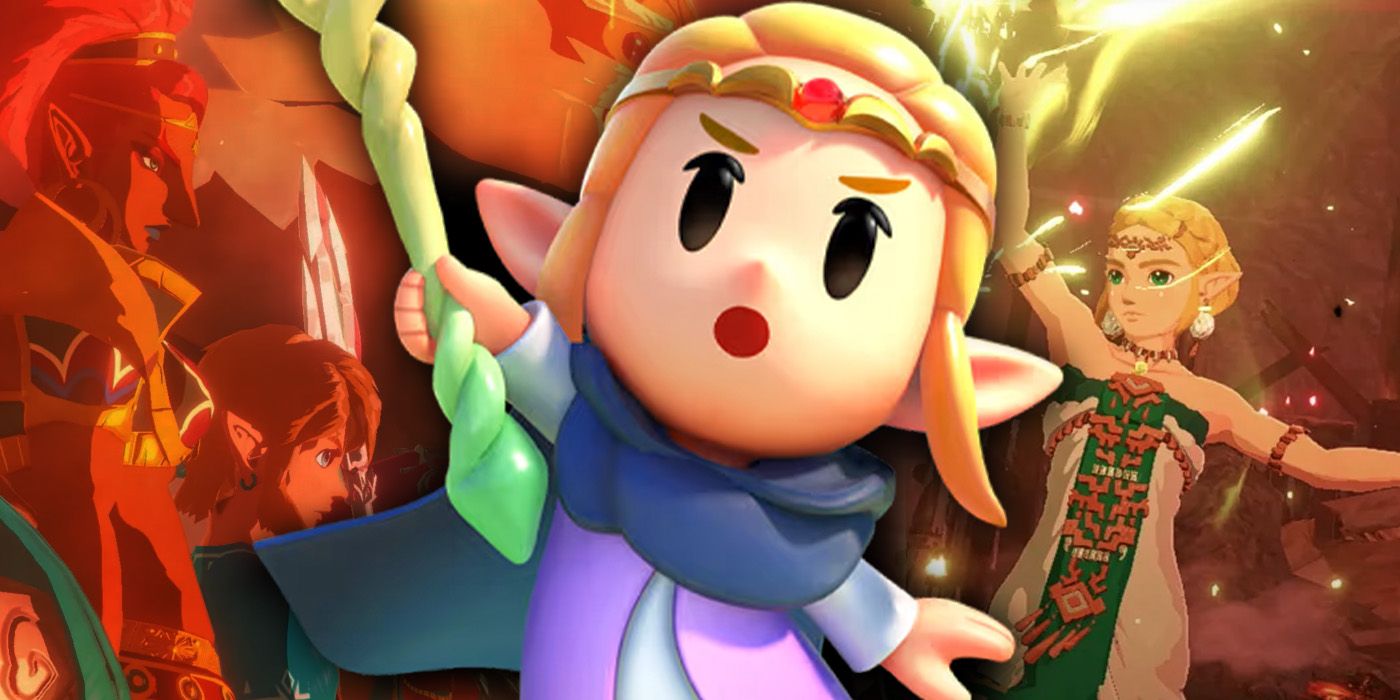
Related
As A Zelda Fan, The Switch 2’s Biggest Draw May Be It’s Convenience
The Switch 2 may not be getting a new Zelda game yet, but it still has a significant appeal for fans of the series, which makes it worth considering.
At the time and ever since, all sorts of explanations of the Flatwoods Monster have been attempted. Many claim the streaking light was just a meteorite, and the “monster” itself was just a barn owl and a trick of perspective. The nausea experienced by the witnesses is attributed to stress, and the skid marks and greasy residue found nearby to a truck that had driven around the area. However, folklore holds that the Flatwoods Monster was actually an alien, and the light in the sky was its flying saucer, which adds an extra dimension of creepiness to this Zelda legend.
The Flatwoods Monster Brings A New Angle To Majora’s Mask
The Untold Horrors Of Childhood
The visual parallels alone are enough to suggest that They were probably inspired by the Flatwoods Monster, but when you consider the parallels in the stories – both appear on farms, and are hostile towards humans – it really starts to come together. In Majora, They are only ever witnessed by children; many of those who originally claimed to witness the Flatwoods Monster were also young, which some skeptics have used to dismiss their accounts.
That’s an incredibly fascinating dimension of the original story, and pairs very well with the central themes of Majora’s Mask. In Ocarina of Time, Link grows up; we watch him go from frequently underestimated child to heroic young man, and ultimately triumph due to the strength and experience he gains. At the end of the game, however, all that progress is reversed, and Link is forced back into his childhood. In Ocarina, this is framed as a mercy. In Majora, it’s a horror.
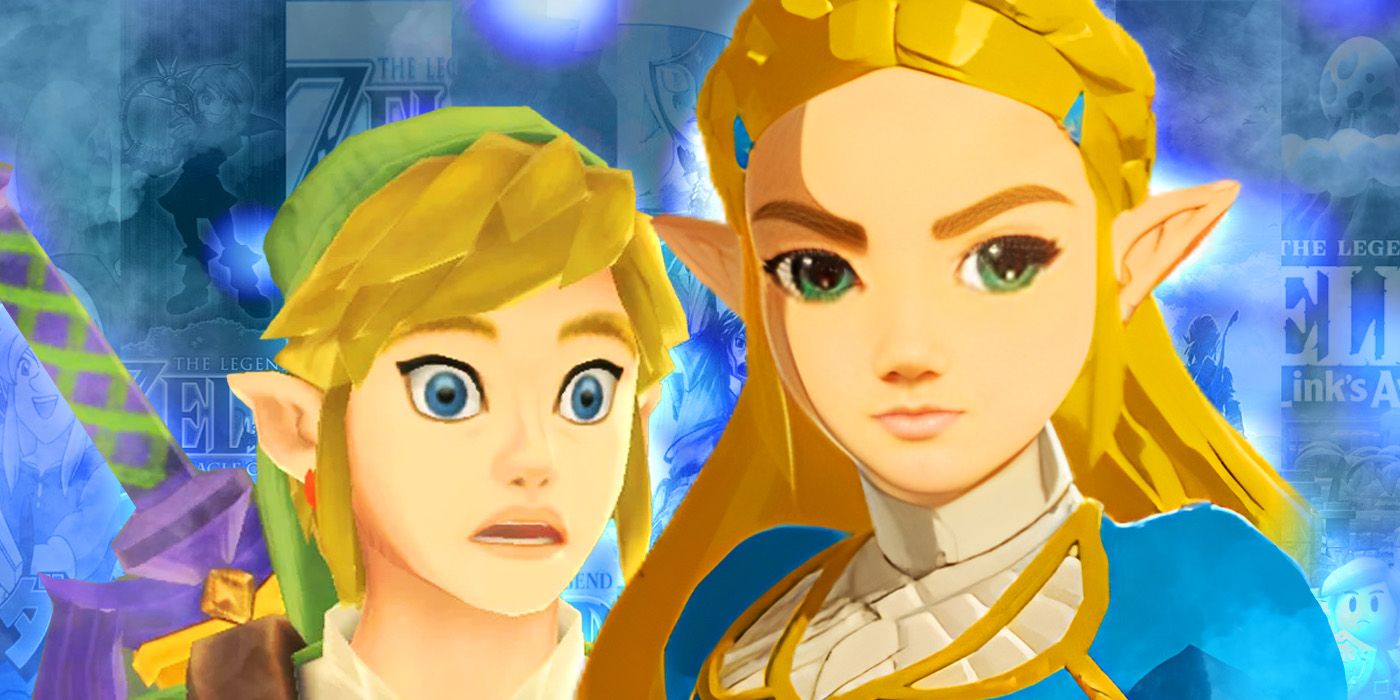
Related
After Years Of Frustration Over The Zelda Timeline, I’ve Finally Learned The Directors’ Reasoning & Now It Makes Sense
I’ve always been frustrated by the many inconsistencies of the Zelda timeline, before learning that there’s a different purpose for its existence.
And throughout Majora’s Mask, we watch the horror of that transformation unfold in real time. Link is physically weaker, and he’s no longer taken seriously by adults. His most meaningful interactions are with fellow children, like the Bombers, or kids at heart, like Tingle. Even the game’s antagonist, Skull Kid, is a mischievous child who attempts to bring about the end of the world because he feels scared and lonely – emotions that don’t necessarily end with childhood, but are certainly felt more strongly during it.
The horrors he witnesses would be diminished if they were shared and explained, but that kind of catharsis is denied both to Link and to the player.
Link’s interactions with Romani – and Them – are another way these themes of childhood and horror manifest. Romani is about Link’s age, and the two share many secrets: ultimately, after he helps her defend the farm, she instructs him not to tell her older sister. A child wise beyond his years, Link must feel he has the weight of the entire world on his shoulders – quite literally, when the moon comes crashing down. The horrors he witnesses would be diminished if they were shared and explained, but that kind of catharsis is denied both to Link and to the player.
As a result, the scariest moments in Majora are all the more frightening. There are lots of them scattered throughout the game, but few are as uncomfortable and uncanny as the alien invasion. It remains one of the most iconic scenes in The Legend of Zelda: Majora’s Mask, if not the entire franchise, for its connections to the game’s overall themes and terrifying real-life events.
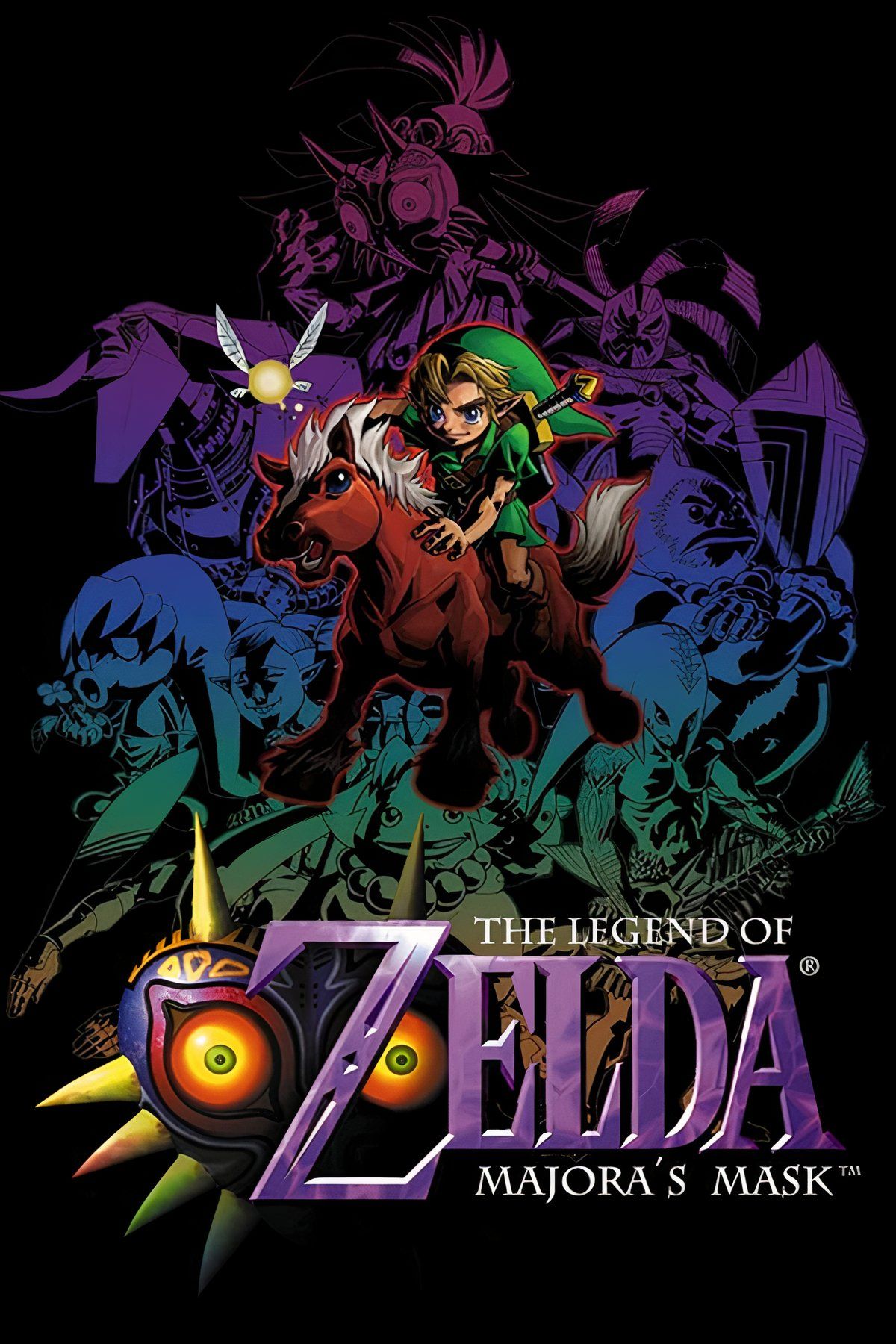
The Legend of Zelda: Majora’s Mask
- Released
-
October 26, 2000
- ESRB
-
E10+ For Everyone 10+ due to Animated Blood, Fantasy Violence, Suggestive Themes
- Developer(s)
-
Nintendo EAD
- Publisher(s)
-
Nintendo
- Engine
-
Proprietary Engine
